Chicken Biryani is more than just a dish; it’s an experience that transcends borders and cultures. With its roots in Persia and its blossoming in India, chicken biryani has become a global favorite.
No data found for infographic #1965
In this guide, we’ll take you on a flavorful journey, exploring the origins, ingredients, cooking methods, and variations of this iconic dish. Whether you’re a seasoned cook or trying your hand at biryani for the first time, this comprehensive guide will ensure you master the art of cooking chicken biryani, savoring its rich history, and indulging in its unique flavors.
The Origins and History of Chicken Biryani
Biryani’s Journey from Persia to India
Biryani traces its origins back to Persia, where it was known as “beryan,” meaning fried or roasted. The dish was introduced to the Indian subcontinent during the Mughal era, evolving into the chicken biryani we know today. Over centuries, the dish adapted to local flavors and cooking methods, creating numerous regional varieties across India. The use of aromatic spices and slow-cooked rice makes biryani stand out as a hallmark of Indian culinary heritage.
Regional Variations of Biryani in India
India’s diverse cultural landscape has given rise to several biryani variations, each with its own twist:
- Hyderabadi Biryani: Known for its rich use of spices, marinated meat, and the distinctive dum cooking technique.
- Lucknowi (Awadhi) Biryani: A milder version with fragrant rice and tender meat, often layered and cooked together.
- Kolkata Biryani: Influenced by Mughal traditions, it includes potatoes and boiled eggs, offering a slightly sweeter taste compared to other versions.
What Makes Chicken Biryani Special?
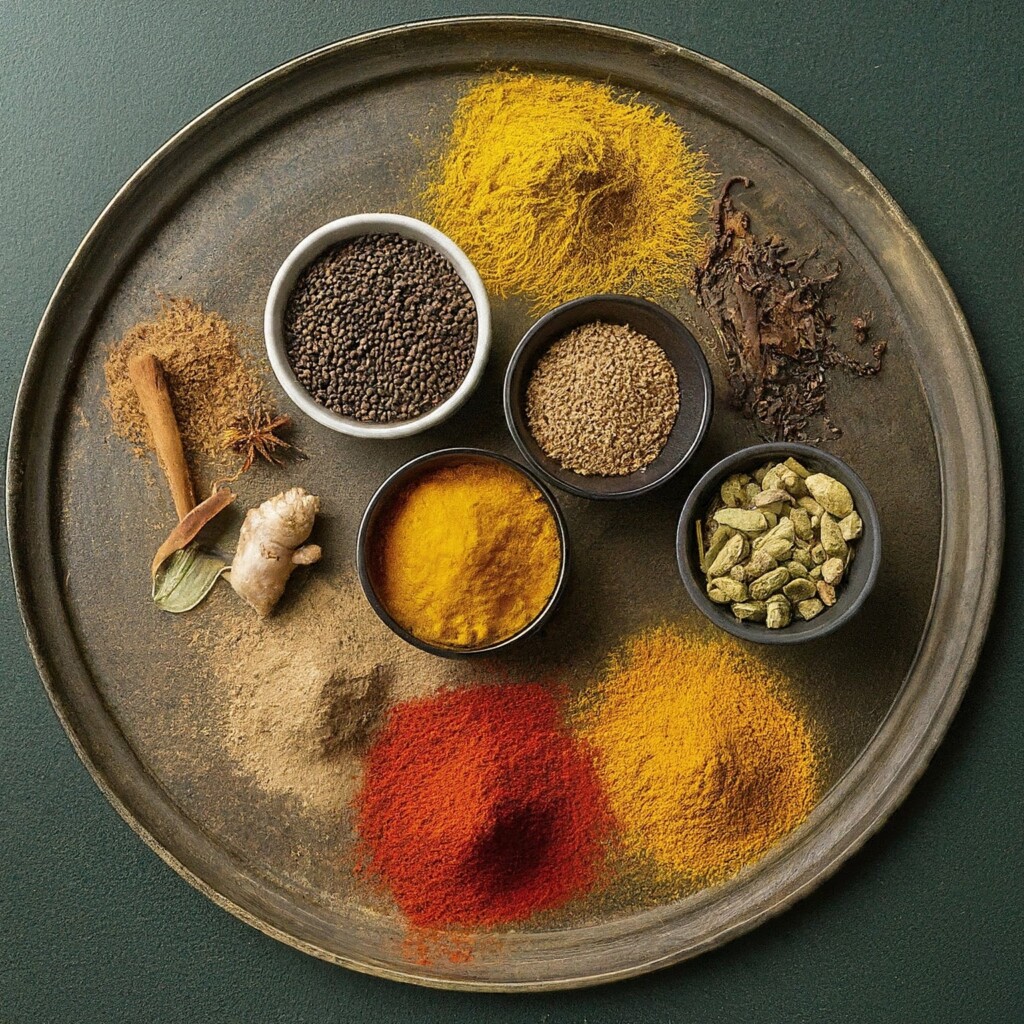
Aromatic Spices That Define Biryani
Spices are the heart of biryani. Traditional biryani includes a blend of whole and ground spices like:
- Cinnamon sticks
- Cardamom pods
- Bay leaves
- Cloves Each spice plays a crucial role in adding depth, aroma, and complexity to the dish. The slow cooking process allows these spices to infuse into the chicken and rice, making biryani a feast for the senses.
The Unique Flavor of Basmati Rice
One key ingredient that differentiates biryani from other rice dishes is Basmati rice. This long-grain rice is prized for its light, fluffy texture and distinct aroma. Properly cooked basmati rice adds an essential element to biryani, ensuring it isn’t just flavorful but also visually appealing.
Ingredients Breakdown for Chicken Biryani
Key Ingredients
A perfect chicken biryani requires the right ingredients:
- Basmati rice: The preferred rice for biryani due to its fluffy, non-sticky texture.
- Chicken: Typically, bone-in chicken adds flavor. However, boneless chicken can be used for convenience.
- Whole spices: Bay leaf, cinnamon sticks, cardamom, cloves, and cumin seeds are essential for creating an aromatic base.
- Herbs: Fresh cilantro and mint leaves add a burst of freshness to the dish.
Specialty Spices and Their Role in Biryani
Some unique spices take biryani to the next level:
- Saffron: Soaked in milk, saffron adds a rich yellow color and subtle flavor.
- Star anise and nutmeg: These spices contribute to the complexity of biryani, offering a slight sweetness to balance the robust spice.
Step-by-Step Chicken Biryani Recipe
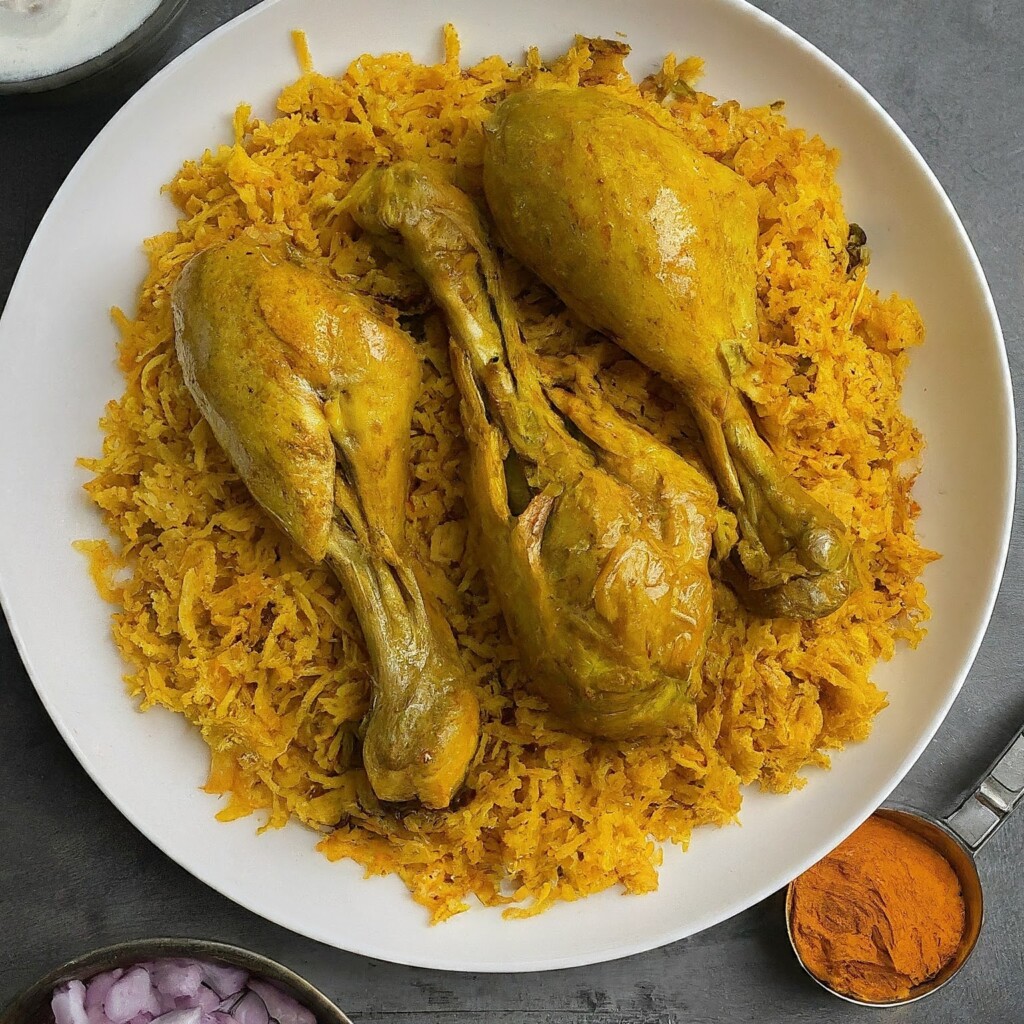
Preparing the Marinade
The first step in making chicken biryani is preparing a flavorful marinade:
- Mix yogurt, ginger-garlic paste, turmeric, red chili powder, garam masala, and salt.
- Marinate the chicken for at least 2 hours or overnight for the best flavor infusion.
Cooking the Chicken
In a large pot, heat oil or ghee and sauté the whole spices. Add the marinated chicken and cook until tender, allowing the spices and yogurt to form a rich gravy that will coat the rice later.
Layering the Biryani
Layering is key to creating the perfect biryani. Start with a layer of partially cooked rice, followed by a layer of chicken. Repeat the process, finishing with a layer of rice. Top with fried onions, mint, cilantro, and saffron-soaked milk.
The Dum Process: Sealing and Cooking to Perfection
“Dum” refers to the slow-cooking process that brings all the flavors together. Seal the pot with a tight-fitting lid (or dough around the edges) and cook on low heat, allowing the rice to steam and absorb the chicken’s flavors. After 20-30 minutes, your biryani will be perfectly cooked, aromatic, and ready to serve.
Variations of Chicken Biryani
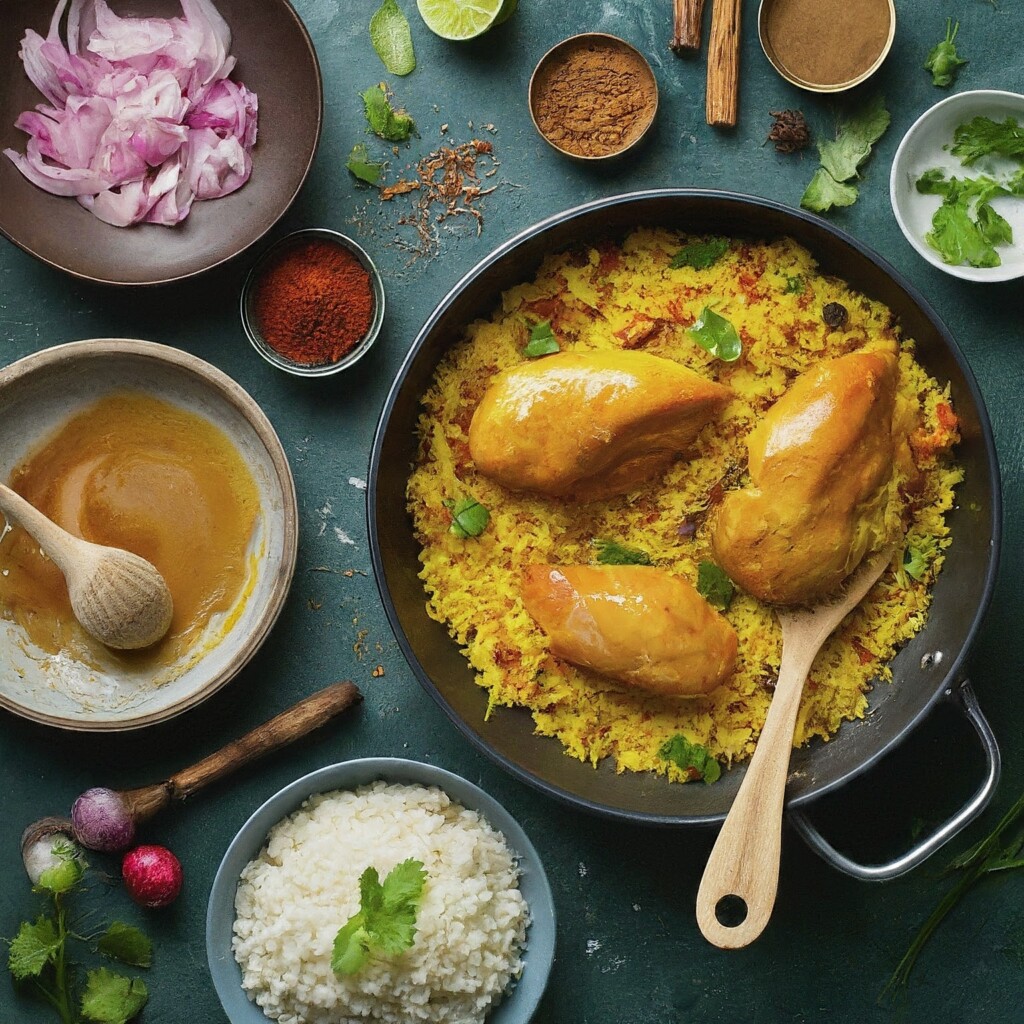
Hyderabadi Biryani
Known for its bold spices and the dum method, Hyderabadi biryani is perhaps the most famous. The chicken is marinated and cooked with rice, creating a spicy, flavorful dish.
Lucknowi (Awadhi) Biryani
Lucknowi biryani uses fewer spices and emphasizes fragrant rice. The meat is cooked separately, making it less spicy than its Hyderabadi counterpart.
Kolkata Biryani
This variation includes potatoes and boiled eggs, a unique twist brought by the Nawabs of Bengal. It’s slightly sweeter, with fewer spices compared to the other versions.
Quick and Easy Chicken Biryani for Busy Days
For those with limited time, a quick version of biryani can be made using fewer ingredients and an instant pot, without compromising much on the flavor.
Side Dishes to Serve with Chicken Biryani
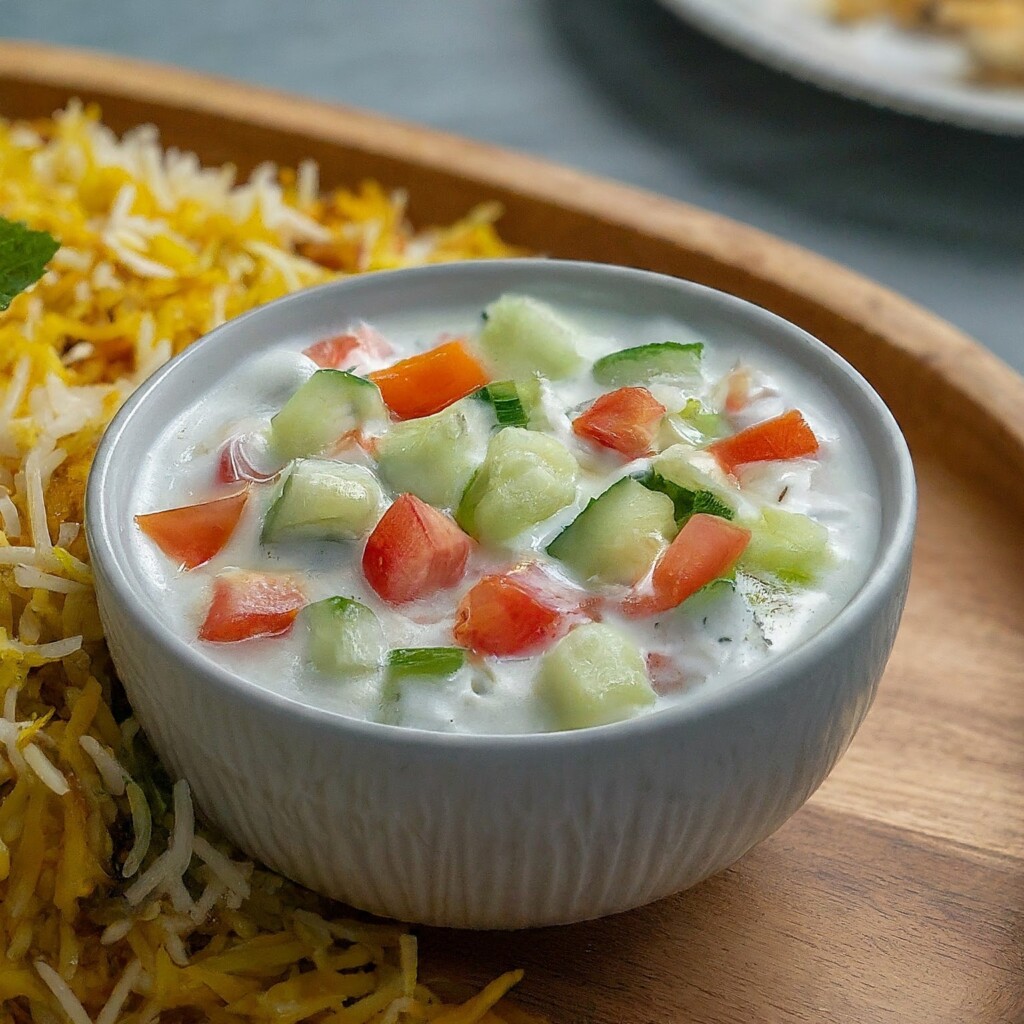
Raita Varieties
Raita is a cooling yogurt-based side dish, often paired with biryani. Some popular variations include:
- Cucumber Raita
- Mint Raita
- Boondi Raita
Salads, Pickles, and Chutneys
Adding freshness and contrast, salads and pickles complement the rich flavors of biryani. A simple onion salad or lime pickle can elevate the meal.
Pro Tips for the Perfect Chicken Biryani
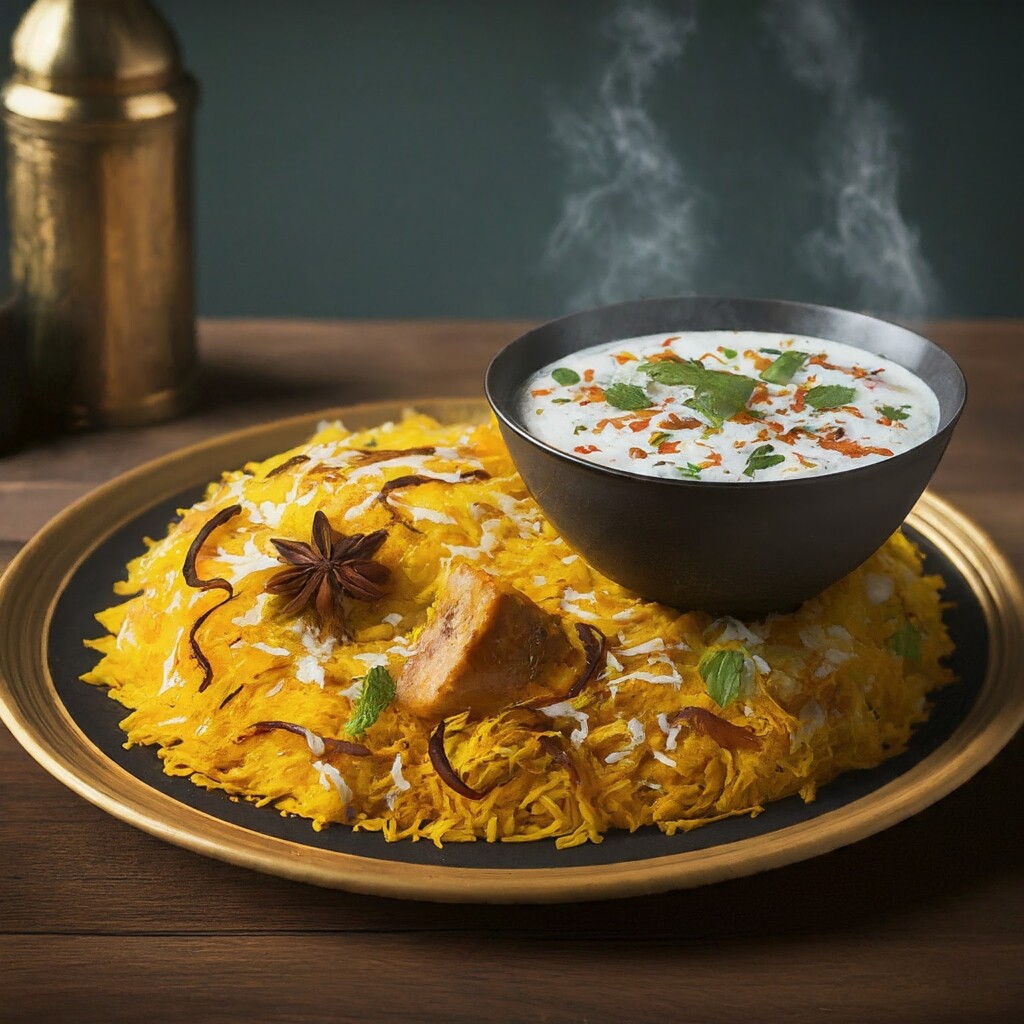
Achieving the Perfect Fluffy Rice
The secret to fluffy rice lies in soaking the basmati for 30 minutes and parboiling it before layering. This ensures each grain is cooked perfectly without becoming mushy.
Maintaining the Right Balance of Spices
It’s important to strike a balance when using spices. Over-spicing can overpower the dish, while under-spicing makes it bland. A well-measured spice blend is key to an authentic biryani.
Common Mistakes to Avoid When Making Biryani
- Overcooking or undercooking the rice.
- Not marinating the chicken long enough.
- Adding too much water while cooking, which can make the rice mushy.
Chicken Biryani for Special Occasions
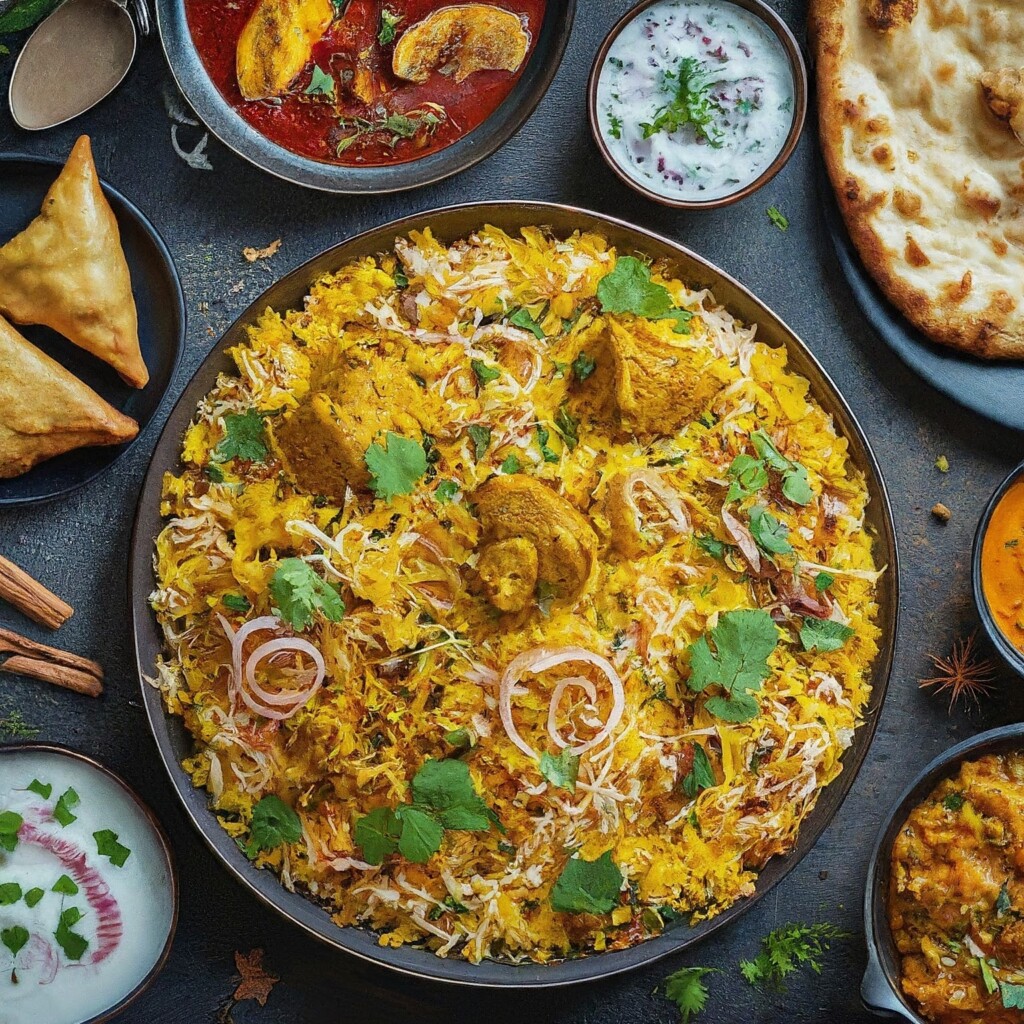
Weddings, Family Gatherings, and Festivities
Biryani is often the star of special occasions like weddings and family gatherings. Its ability to serve large crowds and its rich, indulgent taste make it perfect for celebrations.
Nutritional Information of Chicken Biryani
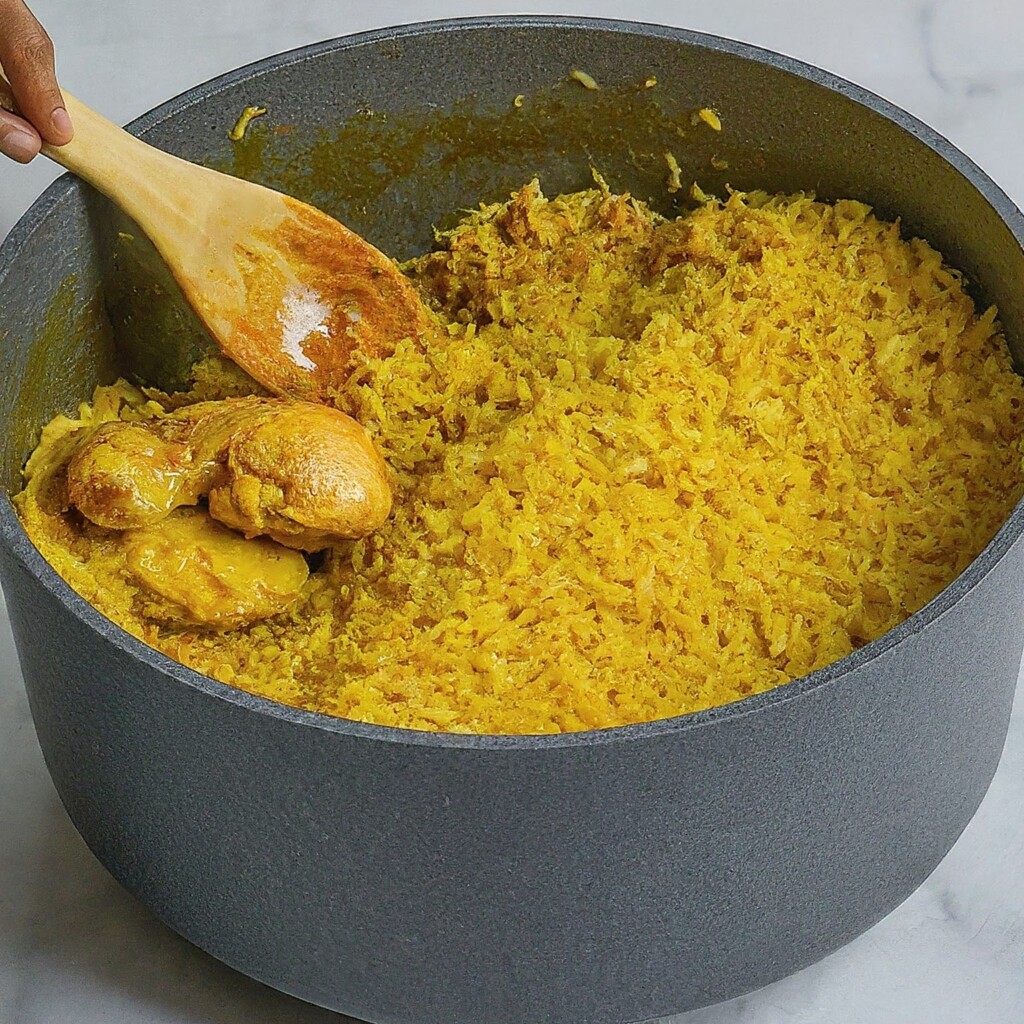
Calories, Protein, and Nutrient Breakdown
On average, a serving of chicken biryani contains about 500-600 calories, with a balance of protein from the chicken, carbohydrates from the rice, and fats from the ghee and oils.
Healthier Alternatives for a Low-Calorie Biryani
For a healthier version, you can use brown rice and skinless chicken, and reduce the amount of ghee or oil used in cooking.
Frequently Asked Questions (FAQs) about Chicken Biryani
- Can I use brown rice for chicken biryani?
- Yes, brown rice can be a healthier alternative, but it will take longer to cook and may have a slightly different texture.
- What’s the best cut of chicken for biryani?
- Bone-in chicken thighs or drumsticks are ideal as they add more flavor, but boneless chicken can also be used for convenience.
- How long should I marinate the chicken?
- Ideally, marinate the chicken for at least 2 hours, but overnight marination gives the best results.
- What makes Hyderabadi biryani different?
- Hyderabadi biryani is cooked using the dum method, with marinated raw chicken and partially cooked rice, making it spicier and more flavorful.
- How do I prevent the rice from becoming mushy?
- Parboil the rice and ensure it’s only partially cooked before layering. Avoid adding too much water during the cooking process.
Quick Takeaways
- Biryani’s rich history and versatility.
- Key tips for the perfect biryani, such as the right balance of spices and cooking techniques.
- Common mistakes to avoid, like overcooking the rice.
- Pairing biryani with cooling sides like raita and fresh salads.
Conclusion
Chicken biryani is a timeless dish that offers a blend of rich flavors, aromas, and cultural heritage. Whether you’re recreating a family recipe or trying a new variation, making biryani is a rewarding experience. Experiment with spices, try different variations, and don’t be afraid to make it your own. Once you’ve mastered the art of biryani, you’ll find yourself coming back to this dish time and time again. Share your biryani experiences with friends and family, and let the joy of cooking this iconic dish bring people together!



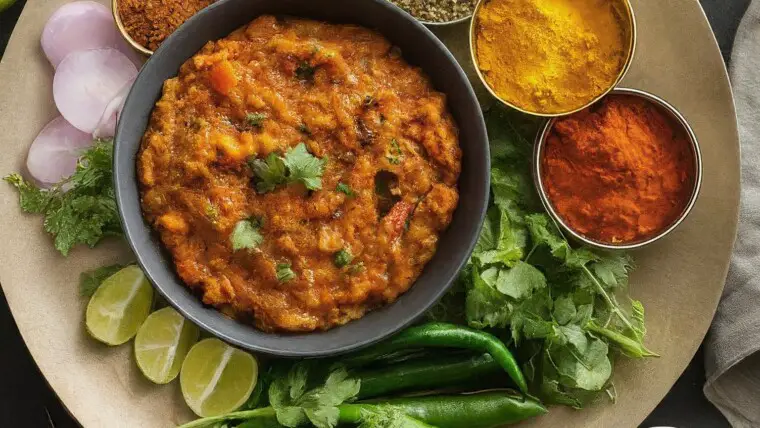
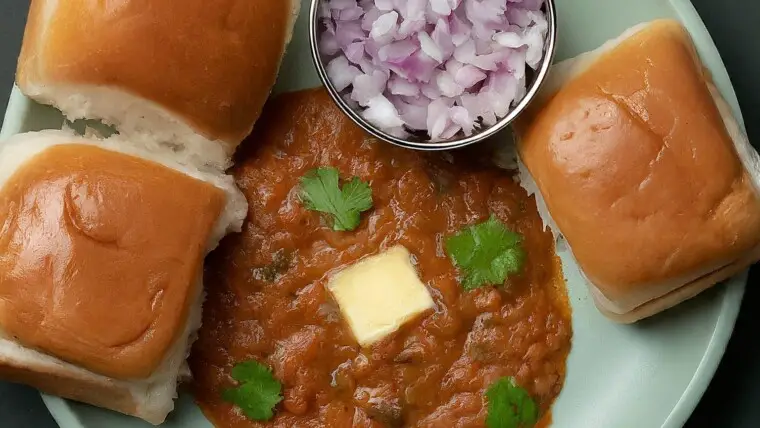
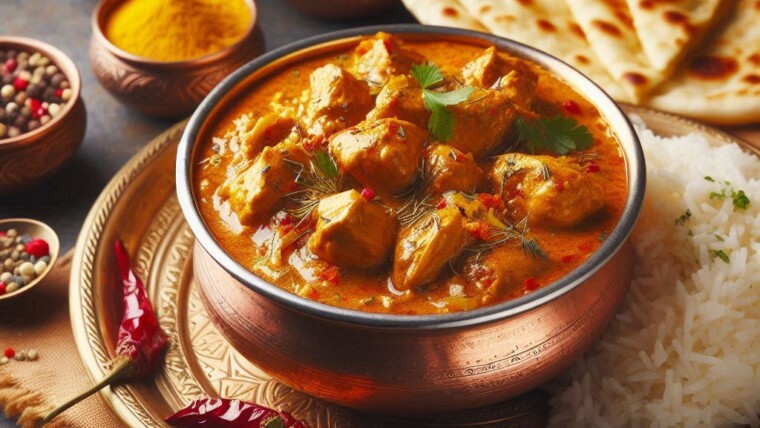

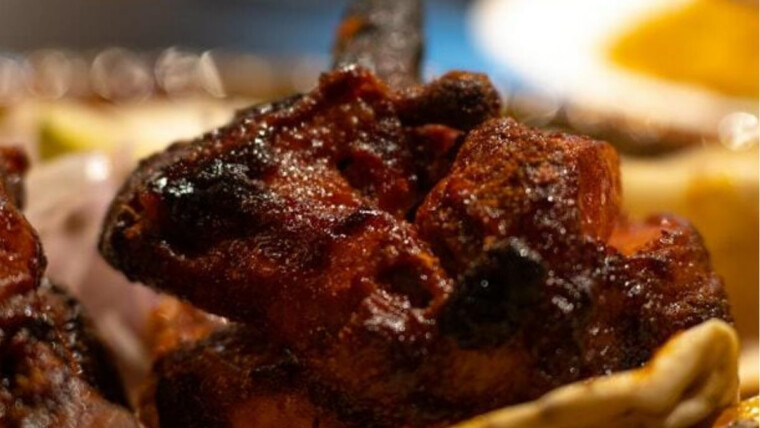

Amish Rhubarb Jam Recipe
Homemade Fried Donuts Recipe
Authentic Chicken Mongolian Recipe
Sauteed Asparagus With Mushrooms Recipe
What are some examples of traditional foods that can be stuffed inside a loaf of bread?
Papaya for Diabetes: How Often Should It Be Consumed and When Is the Best Time of Day?
How do people rediscover old, forgotten recipes? Are they typically stumbled upon or found intentionally?
567 Mango Lassi Quotes To Fulfill Your Desires For Something Tropical